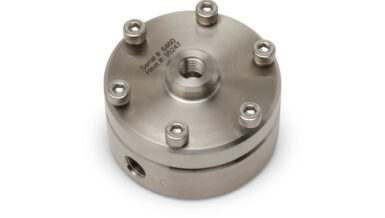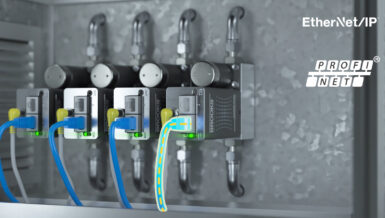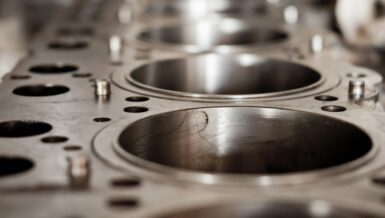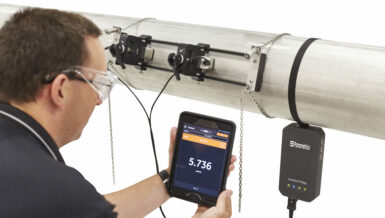According to DVGW (Deutscher Verein des Gas- und Wasserfaches e.V. – German Technical and Scientific Association for Gas and Water), limits have been set for gas components that may be contained in fuel gases for feeding into the public gas network. To avoid possible subsequent technical problems as well as discrepancies in billing at the legal entity border, the feed into the gas network must be interrupted in the event of non-compliance with these specifications.
In addition to limit specifications for impurities such as sulfur, ammonia, or silicon, etc., there are also specifications for water content requirements, as this plays a significant role in determining the combustion performance of fuel gases.

Thus, when feeding any fuel gas, care must be taken to ensure that the water content is not exceeded. This can be measured and monitored with suitable measuring instruments.
Especially in winter, or in cold weather, critical components can be damaged by icing. In the worst case, this can lead to a shutdown of the gas supply, as no more gas can flow through the lines due to repairs.
In addition to technical problems, excessive water content is reflected in a reduced gas standard volume and in the burner capacity, because this is specified per standard cubic meter and the more water is contained in a standard cubic meter, the lower the burner capacity because the more energy is required for the evaporation of water. Additional temperature variations exacerbate the problem.
For example, at the legal limit, the standard volume is accounted for, which, measured at 1013.25 mbar and 0°C, with a water content of 0% RH (0°C), is, for example, 1000 Nm3. However, if this standard volume is converted to actual, real conditions, e.g., to 20°C and 970 mbar abs., with a water content of 60% relative Humidity, only 880 m3 of fuel gas is obtained instead of the 1000 Nm3.
Since conventional flow meters for fuel gases are not pressure and temperature compensated and therefore do not measure the standard volume flow at 1013.25 mbar and 0°C, but only the volume flowing past under the actual ambient conditions, one often deducts more than one would expect if the water content were too high or the temperature between the standard and actual volume flow measurement fluctuates too much.

Thermal mass flow sensors from CS Instruments measure the standard volumetric flow independently of pressure and temperature. The VA 550 / 570 series has been in use and proven for several years. Many may know CS Instruments from industrial compressed air, but over the years we have also accumulated a lot of experience in the field of fuel gas flow measurement.
Feel free to contact us with any questions about our products, or visit our website at: www.cs-instruments.com, and book an online live meeting with one of our experienced consultants.






























